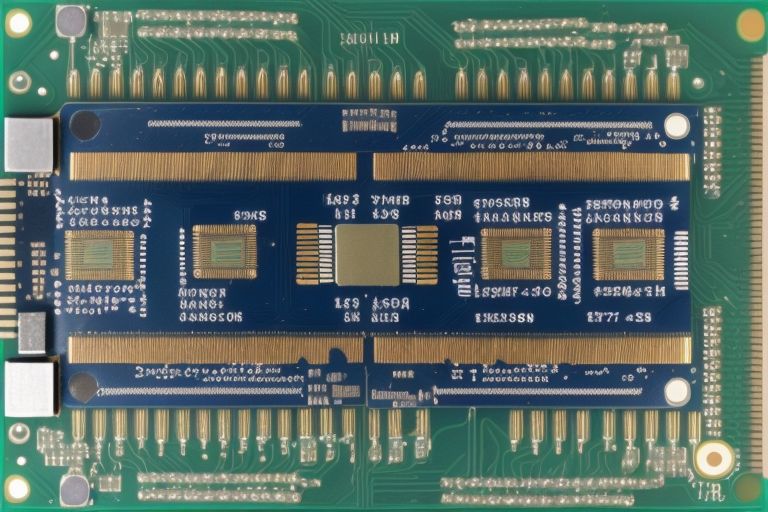In a significant technological advancement, a team has developed a new wearable device capable of recognizing human emotions in real-time. This breakthrough has the potential to greatly enhance interpersonal communication and revolutionize mental health monitoring, offering profound benefits in personal, professional, and clinical settings.
Overview of Wearable Emotion Recognition Technology
The new wearable technology utilizes a combination of sensors and machine learning algorithms to analyze physiological signals such as heart rate, skin temperature, and galvanic skin response.
By interpreting these signals, the device can identify a range of human emotions, including happiness, sadness, anger, and stress. The real-time detection and analysis provide immediate feedback, allowing users to better understand their own emotional states and those of others around them.
Advantages of Real-Time Emotion Recognition
The ability to detect and interpret emotions in real time offers several key benefits:
Enhanced Interpersonal Communication: This technology can improve understanding and empathy between individuals by providing insights into the emotional states of others, potentially reducing conflicts and deepening connections.
Mental Health Monitoring: For individuals dealing with emotional and mental health challenges, continuous monitoring can provide critical data that helps therapists and patients track emotional fluctuations and triggers more effectively.
Personalized Feedback: The device can help individuals become more aware of their emotional responses and develop better emotional regulation strategies.
Workplace Application: In professional settings, understanding team dynamics through emotion recognition could lead to more effective collaboration and productivity.
Potential Applications
The implications of wearable emotion recognition technology are broad and impactful:
Healthcare: Clinicians can use emotional data to enhance patient care, tailor treatments, and provide better support for mental health conditions.
Education: Teachers can better understand students’ emotional engagement and well-being, adapting teaching methods to improve learning outcomes.
Customer Service: Businesses can train employees to recognize and respond to customer emotions, potentially improving service and satisfaction.
Automotive Industry: Car manufacturers could integrate these wearables to detect driver stress or fatigue, enhancing road safety.
Challenges and Ethical Considerations
Despite the promising applications, the deployment of real-time emotion recognition technology faces several challenges:
Privacy Concerns: The collection and analysis of emotional data raise significant privacy issues. It is crucial to manage and protect this sensitive information with the highest standards of data security.
Accuracy and Reliability: Ensuring the technology accurately recognizes and interprets a diverse range of emotional expressions across different cultures and individual differences is essential.
Ethical Use: There are concerns about the potential misuse of emotion recognition technology, such as manipulation or unwanted surveillance. Establishing ethical guidelines and regulations is necessary to prevent abuse.
Future Directions As the technology develops, further refinements in sensor accuracy, algorithm sophistication, and miniaturization of devices are expected. Research continues to focus on enhancing the sensitivity and specificity of emotion detection to include a broader spectrum of nuanced emotional states.
Conclusion
The development of wearable technology for real-time emotion recognition marks a major step forward in understanding and enhancing human interactions. By providing immediate insights into emotional states, this technology holds the promise of improving interpersonal relationships, optimizing workplace dynamics, and revolutionizing mental health treatment. As this technology continues to evolve, it could become an integral part of everyday life, making our interactions more informed and empathetic.


















+ There are no comments
Add yours